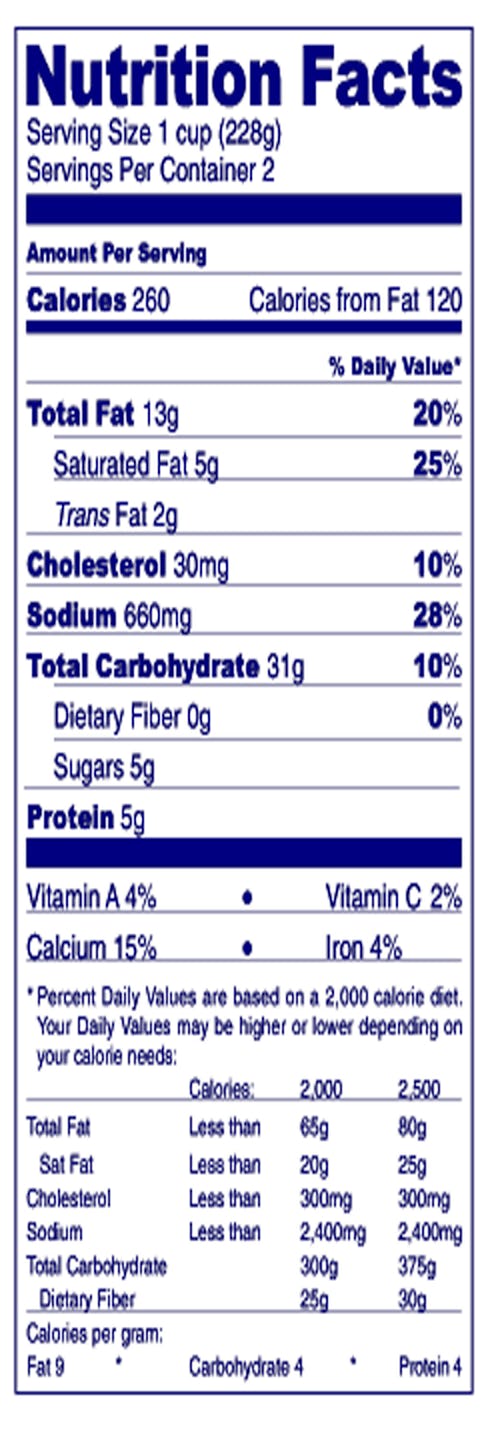News
Serving Size Is Getting A Reality Check
The nutrition labels on your supermarket shelves are set to get a makeover. The Food and Drug Administration announced a proposal for major changes to those familiar nutrition labels Thursday, marking the first big label update in 20 years. The overhaul emphasizes calorie counts and added sugars, and coincides with the fourth anniversary of Michelle Obama's "Let's Move!" campaign.
So what will the new labels look like? Well, you won't be able to miss the number of calories in your food or drink, as the information will appear in a bigger, bolder font at the forefront of the tag. In an added subcategory, you'll be able to find out whether there are added sugars in the product.
Another big change: serving sizes. That category will be updated to reflect realistic portions about how much people really eat. For example, you don't eat just half a cup of ice cream — so the proposed label would change the serving size to one full cup instead. Which makes a lot more sense.
The proposed labels are "a big deal, and it's going to make a big difference for families all across this country," the First Lady said in a statement. There will be a 90-day comment period effective Thursday, where experts and the public can weigh in on the overhaul. Once the changes are confirmed, companies will have two years to change their labels.
It could be years until we see the adjustments, but the suggested upgrades stress a growing concern with obesity in America. The last time we saw a modification was in 2006, when the descriptive tags underwent a minor change to include trans fats.
The FDA estimates the industry will spend about $2 billion changing the labels. Some food-industry groups like the Grocery Manufacturers Association have qualms about some of the measures, including the new "added sugars" category: natural sugar and added sugar are chemically identical, they've noted, so the section seems unnecessary.
And since some experts have forecasted an uptick in food prices, these proposals will likely draw some pushback from manufacturers, too. But obesity rates among teens and adults are still too high, and remain steady: Nearly 17 percent of two-to-19-year-olds and 35 percent of adults over the age of 20 are obese, according to new CDC stats released Thursday. And though obesity rates in kids are, fortunately, on the decline, getting Americans to take a closer look at what they're eating can't hurt.
